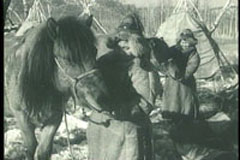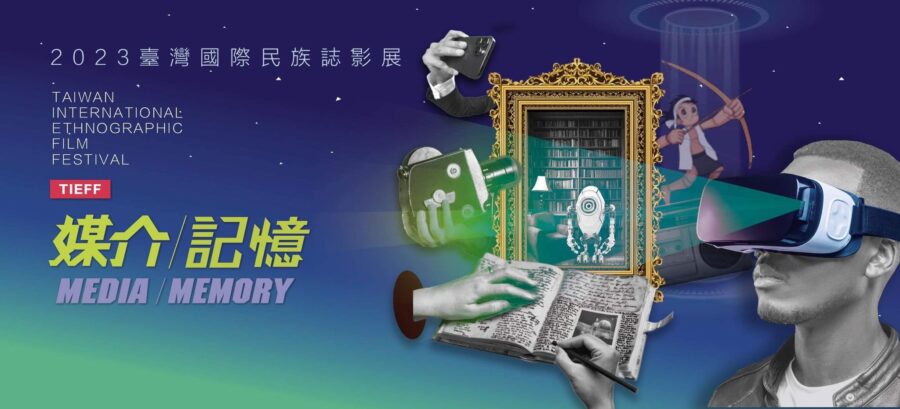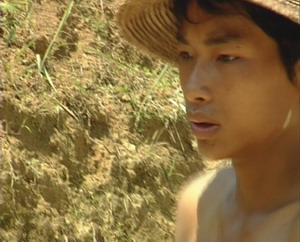The Oroqen

Oroqen means “people of the mountain.” China’s 6,000 Oroqen inhabit the Oroqen Autonomous Banner in the Greater and Lesser Hinggan Mountains of Inner Mongolia. Some live in Heilongjiang Province. Historically, the Oroqen were a nomadic people. The Oroqen love to dance and sing and have a repertoire of folk songs praising nature, love, hunting and the struggles of life. They practice shamanism and worship certain animals, particularly the bear and tiger. All things on earth have their own spirits, they believe, and a relationship between the Oroqens and animals exists. This has given rise to totemism. This documentary film records the particular customs of the Oroqen customs and their nomadiac hunting lives through a four-season migration.

